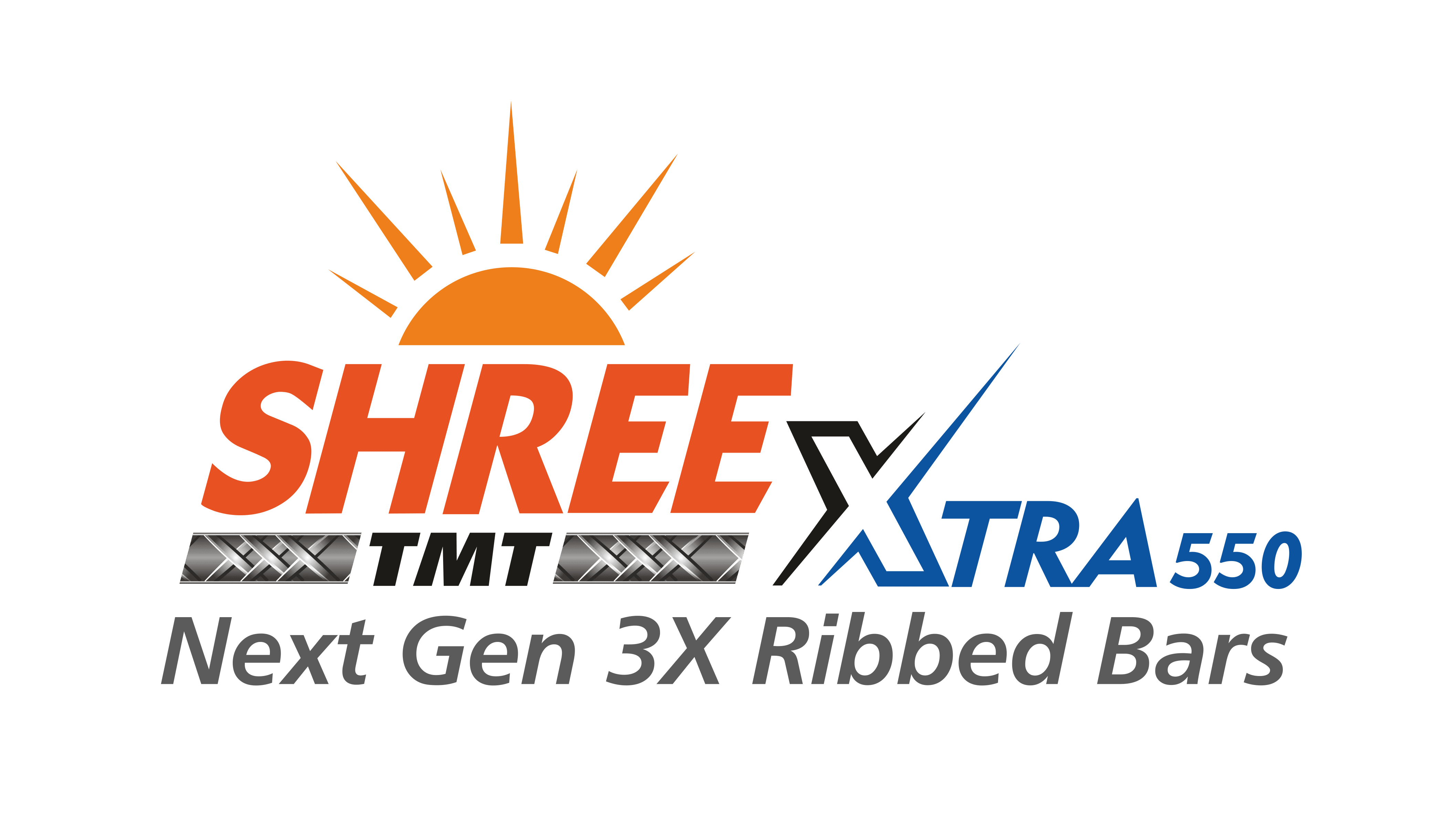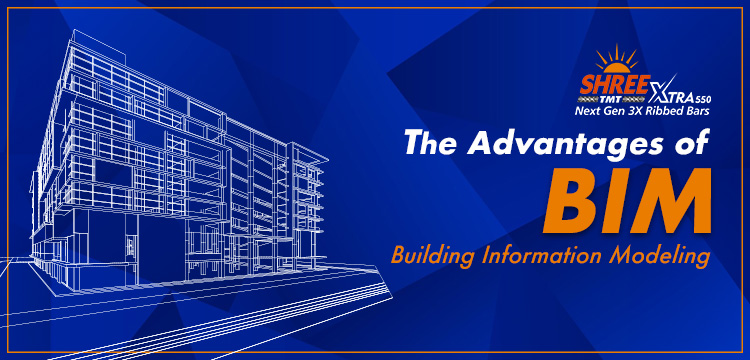Revolutionizing Construction: The Advantages of BIM
The construction industry is evolving rapidly, and with it are the technologies that drive efficiency and innovation. One such technology that has been making waves in recent years is Building Information Modeling (BIM).
BIM (Building Information Modeling) is a digital representation of a building’s physical and functional characteristics. It creates a detailed 3D model that serves as a shared knowledge resource for all stakeholders involved in a construction project, from design through construction and operation. There are primarily two key advantages of BIM that are reshaping the construction landscape: enhanced collaboration and communication, and reduced costs and errors.
Enhanced Collaboration and Communication: Breaking Down Silos
Gone are the days of siloed work environments where architects, engineers, and contractors operated in isolation. BIM has ushered in a new era of collaboration, providing a shared digital model that’s accessible to all stakeholders in real time.
Real-Time Updates and Accessibility
With BIM, changes made by one team member are instantly visible to all others. This real-time updating ensures that everyone is always working with the most current information, reducing misunderstandings and conflicts that often arise from outdated plans.
Improved Visualization
BIM’s 3D modeling capabilities allow for better visualization of the project. This is particularly beneficial for our industry, as it enables us to see exactly how our components fit into the larger structure, ensuring perfect integration.
Streamlined Communication
The shared platform facilitates easier communication between different teams. Instead of lengthy email chains or confusing phone calls, team members can leave comments directly on the model, pointing out issues or suggesting improvements.
Enhanced Coordination
For complex projects involving multiple subcontractors, BIM acts as a central coordination tool. It helps identify potential clashes between different systems (e.g., electrical and plumbing) before they become costly on-site problems.
Reduced Costs and Errors: Precision from Planning to Execution
One of the most significant advantages of BIM is its ability to reduce costs and errors by identifying potential issues early in the planning stage.
Early Issue Detection
BIM allows us to run simulations and clash detections before a single piece of TMT Bar is manufactured. This proactive approach helps identify and resolve potential conflicts or design flaws that might otherwise go unnoticed until construction begins.
Accurate Material Estimation
With precise 3D models, we can generate highly accurate material estimates. This reduces waste and ensures that we manufacture exactly what’s needed for the project, leading to significant cost savings.
Improved Prefabrication
The detailed models produced by BIM enable more components to be prefabricated off-site. For us, this means we can produce more precise components in controlled factory conditions, reducing on-site assembly time and potential errors.
Efficient Project Management
BIM’s 4D and 5D capabilities (which incorporate time and cost data) allow for better project scheduling and budget management. This leads to more accurate timelines and cost projections, reducing the risk of overruns.
Reduced Rework
By identifying and resolving issues in the virtual environment, BIM significantly reduces the need for costly and time-consuming rework during construction.
The Future is BIM
As we look to the future of construction, it’s clear that BIM will play an increasingly central role. Its ability to enhance collaboration and communication while simultaneously reducing costs and errors makes it an indispensable tool for modern construction projects.
Embracing BIM means allows us to provide more accurate, efficient, and cost-effective solutions. It enables us to integrate seamlessly into the larger construction ecosystem, ensuring that our steel components are perfectly tailored to each unique project.
In conclusion, the advantages of BIM in construction are clear and compelling. By fostering enhanced collaboration and communication, and significantly reducing costs and errors, BIM is not just improving how we build – it’s revolutionizing the entire construction industry. As we at Shree TMT continue to innovate and adapt, BIM will undoubtedly remain at the forefront of our efforts to deliver excellence in steel manufacturing for construction projects of all sizes and complexities.

